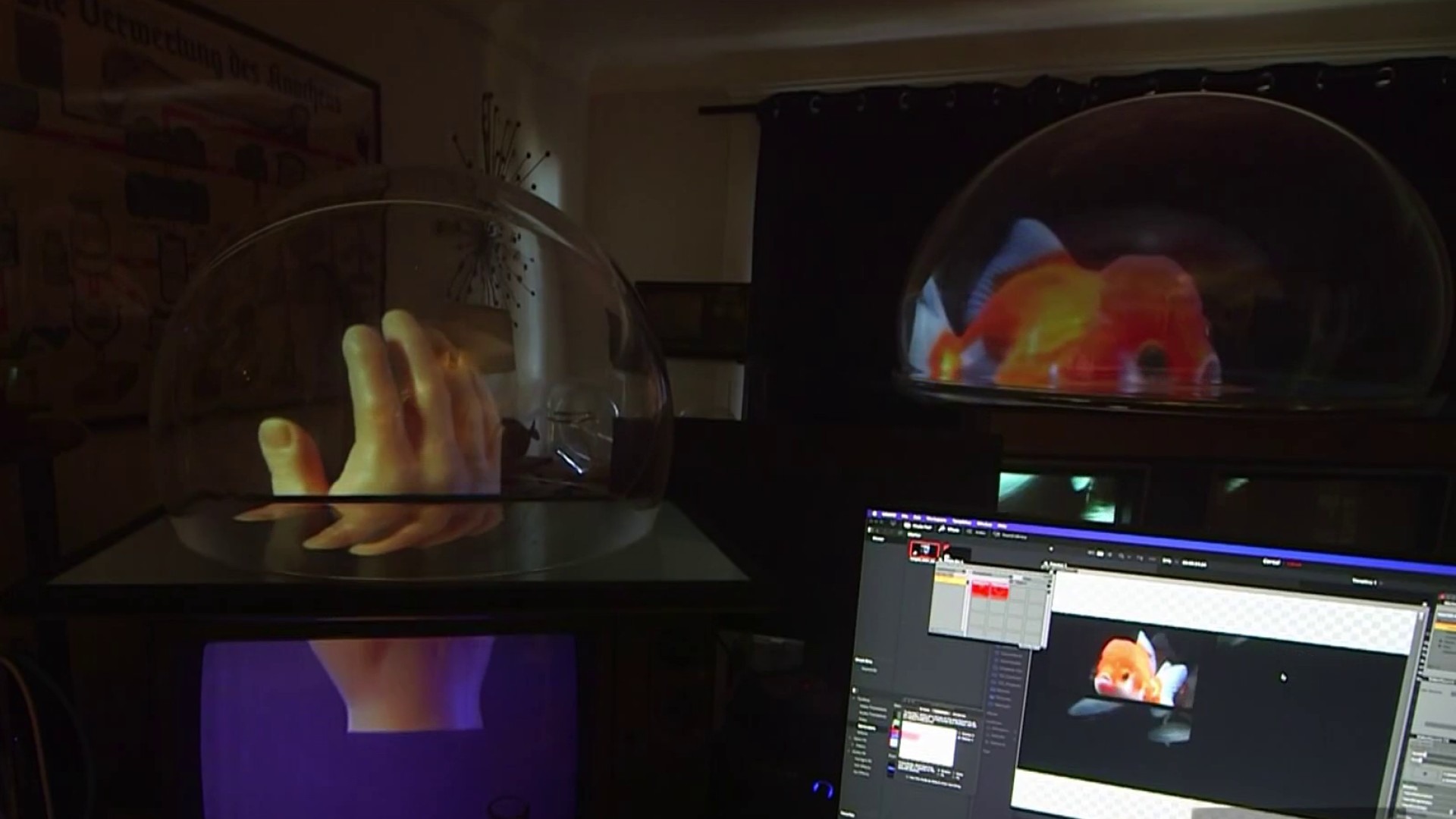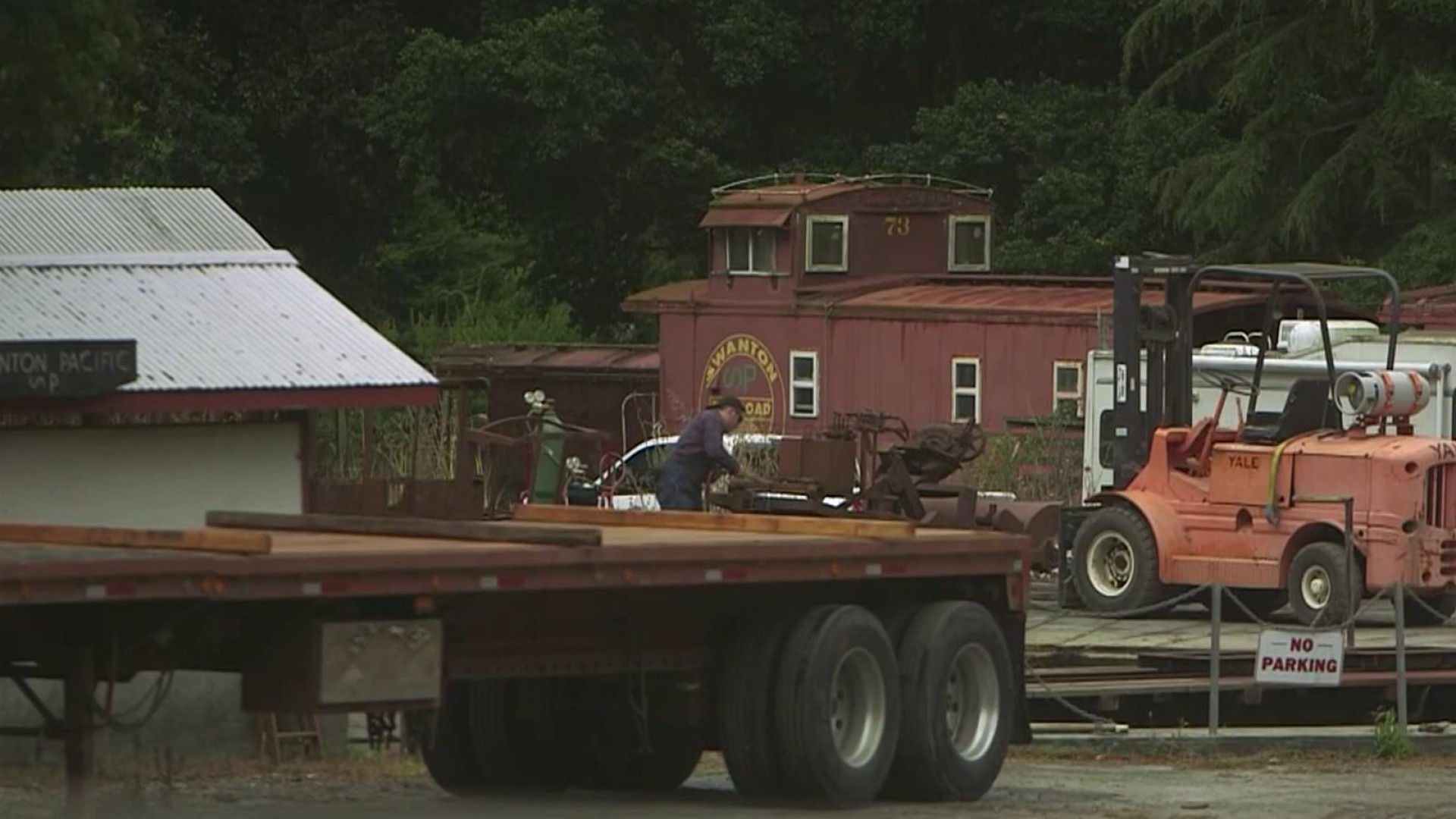After four decades standing in the shadows of ubiquitous stages photographing a who’s who of rock music performers, photographer Jay Blakesberg is getting his own chance to step into the lights to take a bow.
A new retrospective of Blakesberg’s works is opening in San Francisco’s Contemporary Jewish Museum, featuring more than two-hundred photos he shot between 1979 and 2008 — the era where he still loaded his cameras with film.
The exhibit titled RetroBlakesberg runs from August 31st to January 28th.
Get a weekly recap of the latest San Francisco Bay Area housing news. Sign up for NBC Bay Area’s Housing Deconstructed newsletter.
“It’s the story of my life but it’s also the story of your life and that person’s life,” Blakesberg said, standing in the newly staged exhibit. “The only difference is they didn’t have a camera and I did.”
There are of course many other differences between Blakesberg’s skills and that of the average camera owner; his photos shot from both the stage and in his former studio on Clementina Street in San Francisco’s South of Market bear the obvious indications of both trusting subjects as well as an instinct to known when to click the shutter.
A photo of a smirking Ron Wood on stage with Mick Jaeger, the glimpse of Prince’s face peeking out from behind a bandmate, a laughing BB King, a hippy girl dancing with abandon at a Grateful Dead show are the hallmarks of a man who instinctively knows how to find the moment.
“The live concert experience is something that’s been with me my whole life,” Blakesberg said, “and this is the document of my life and those experiences.”
The exhibit was born from an Instagram page started by Blakesberg's daughter Ricki Blakesberg, which focused on his film photography. His daughter helped co-curate the show. It opens with photos Blakesberg snapped during his teenage years growing up in New Jersey where he first embarked on his journey with the camera.
He was already training his lens at what would become a lifelong target, the Grateful Dead. He was 18 years old when he hopped on a Greyhound Bus to San Francisco to shoot his first Dead show. The photos he took then stack up with the photos he’d take of the band over the next forty years.
“The Grateful Dead are a big part of my life,” he said. “From the very beginning I was documenting the scene.”
His photos in the exhibit’s Grateful Dead room don’t just show the band, they come from the perspective of someone earnestly embedded in the culture — photos of blissed out dancers, a group of Dead fans camped out on the floor of a dodgy Chicago hotel room where Blakesberg also claimed a patch of carpet.
But aside from music and its universe, Blakesberg’s pictures also reflect a time before everyone carried a cell phone camera in their pocket. It’s an era where photographers had to lug film, load cameras, develop pictures in darkened rooms while inhaling toxic chemicals. As laborious as it sounds, Blakesberg, who switched to digital photography in 2008, has some nostalgia for the old process.
“I missed the way it looked, the way that it felt, the way that it smelled,” he said, “the tangible aspect of it all.”
The exhibit also includes examples of the various cameras Blakesberg employed in his trade, from large format to plastic toy cameras to his workhorse 35 millimeter Nikon.
Blakesberg’s exhibition leans heavily on live concert photography, which not only showcases the bands but the Bay Area venues they played, from the Greek Theater to Shoreline Amphitheater to the Fillmore.
A photo of the Sugarcubes, with its young singer Bjork was taken at the former I-Beam club on Haight Street. A photo of then up-and-coming Counting Crows was snapped at Bimbo’s 365 in North Beach. There’s a photo of U2 singer Bono spray painting graffiti on the Vaillancourt Fountain in San Francisco’s Justin Herman Plaza, the first of Blakesberg’s 300 assignments for Rolling Stone magazine.
The photographer also kept more than just the pictures, display cases in the show are filled with the ephemera of a lifetime on the job — backstage passes, ticket stubs, magazine covers and even a receipt he sent to rock impresario Bill Graham in 1979.
“So what we’re really hoping,” said Qianjin Montoya, the museum’s Assistant Curator of Contemporary Art, “is this connection to music whether you understand it in the moment, or that later it comes up as nostalgia.”
Another highlight of the exhibit is Blakesberg’s studio portraits which reflect a whole deeper level of intimacy with the artists he encountered. Singer David Byrne visited Blakesberg’s former studio — an assistant mistook him for a bike messenger. British singer Siouxsie Sioux allowed him to drape lace over her face for a portrait. Tom Waits brought his own props, and even the notoriously camera-shy Neil Young posed for Blakesberg’s lens.
In a time where culture is bombarded with photos, the exhibit is a reminder how a great photographer with a great eye will still rise above the masses.
“You can take a really great picture with any camera,” said Blakesberg. “So it’s what’s inside you, what’s in your heart, what’s in your mind, what’s in your creative abilities that will set you apart and hopefully people can recognize that.”



